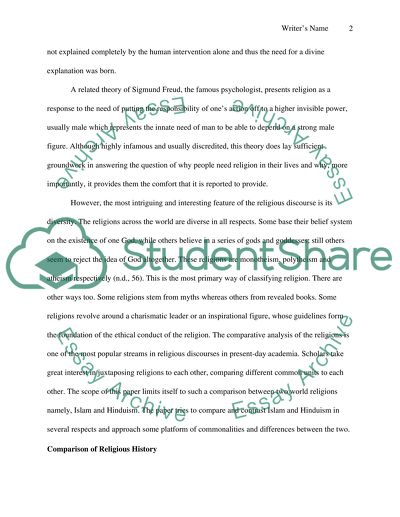Cite this document
(“Comparative Religion Essay Example | Topics and Well Written Essays - 3500 words”, n.d.)
Retrieved from https://studentshare.org/religion-and-theology/1399466-comparative-religion
Retrieved from https://studentshare.org/religion-and-theology/1399466-comparative-religion
(Comparative Religion Essay Example | Topics and Well Written Essays - 3500 Words)
https://studentshare.org/religion-and-theology/1399466-comparative-religion.
https://studentshare.org/religion-and-theology/1399466-comparative-religion.
“Comparative Religion Essay Example | Topics and Well Written Essays - 3500 Words”, n.d. https://studentshare.org/religion-and-theology/1399466-comparative-religion.


